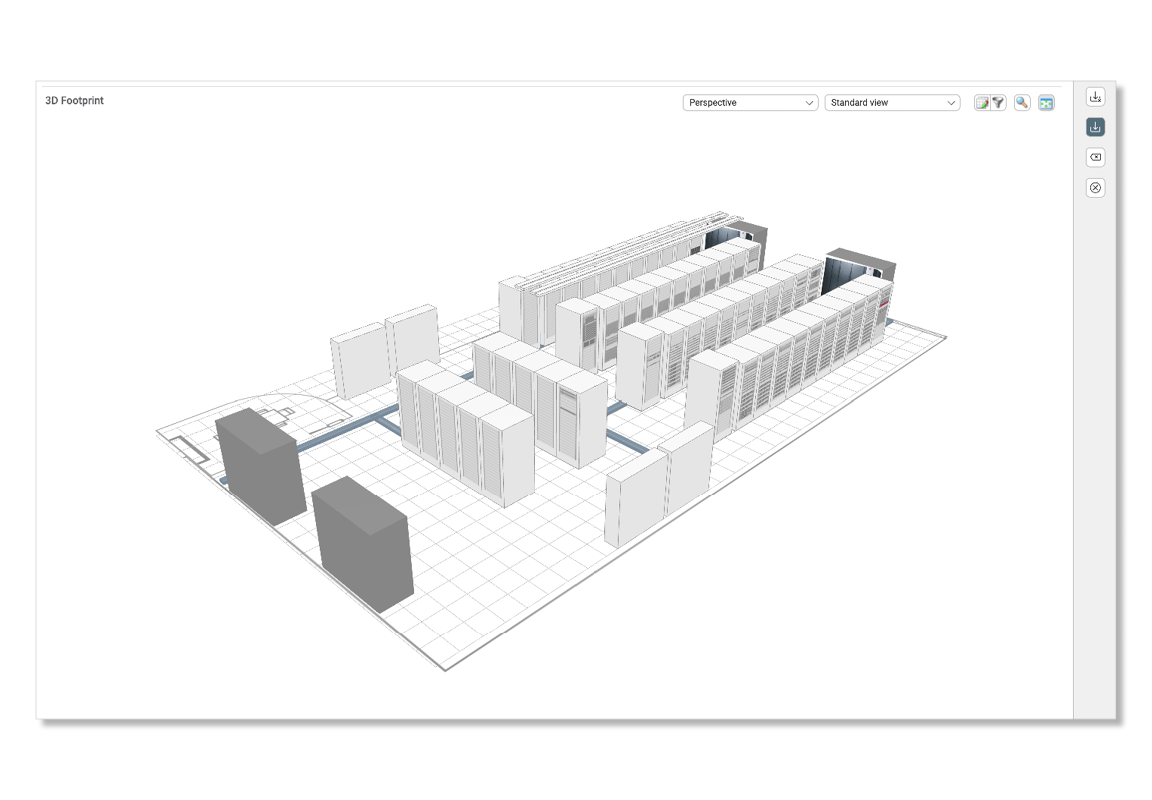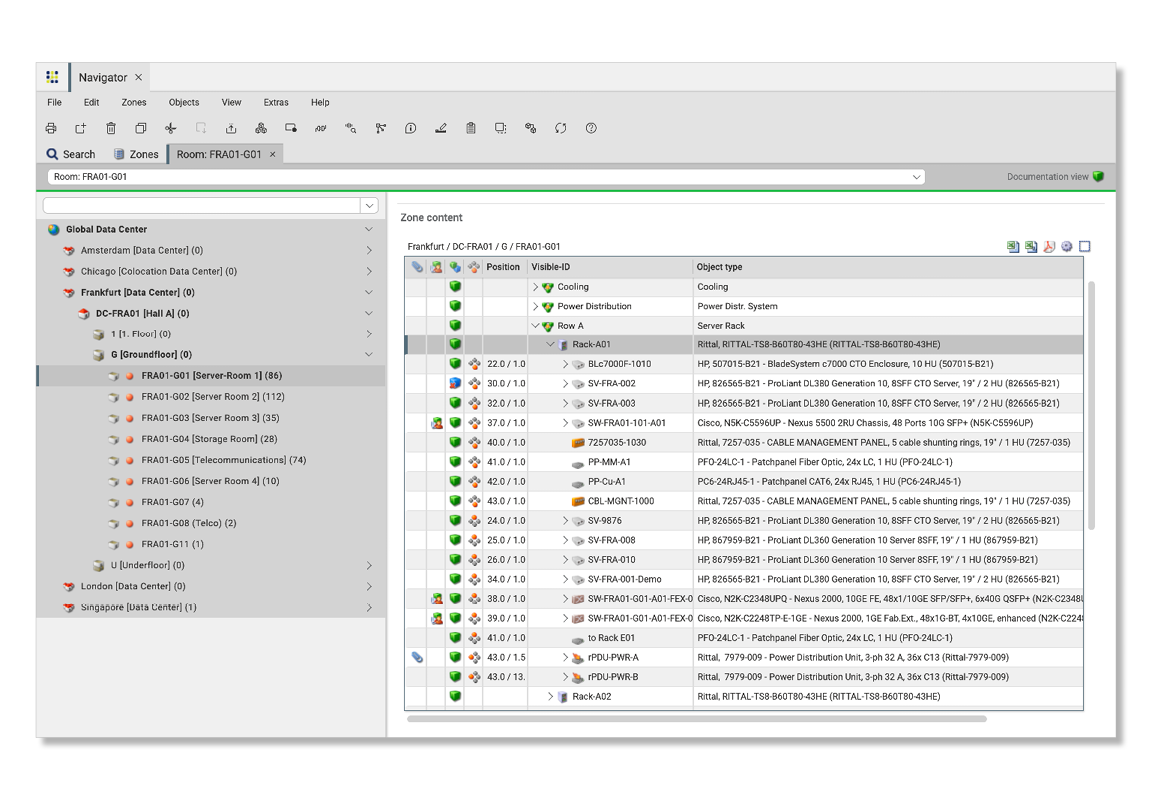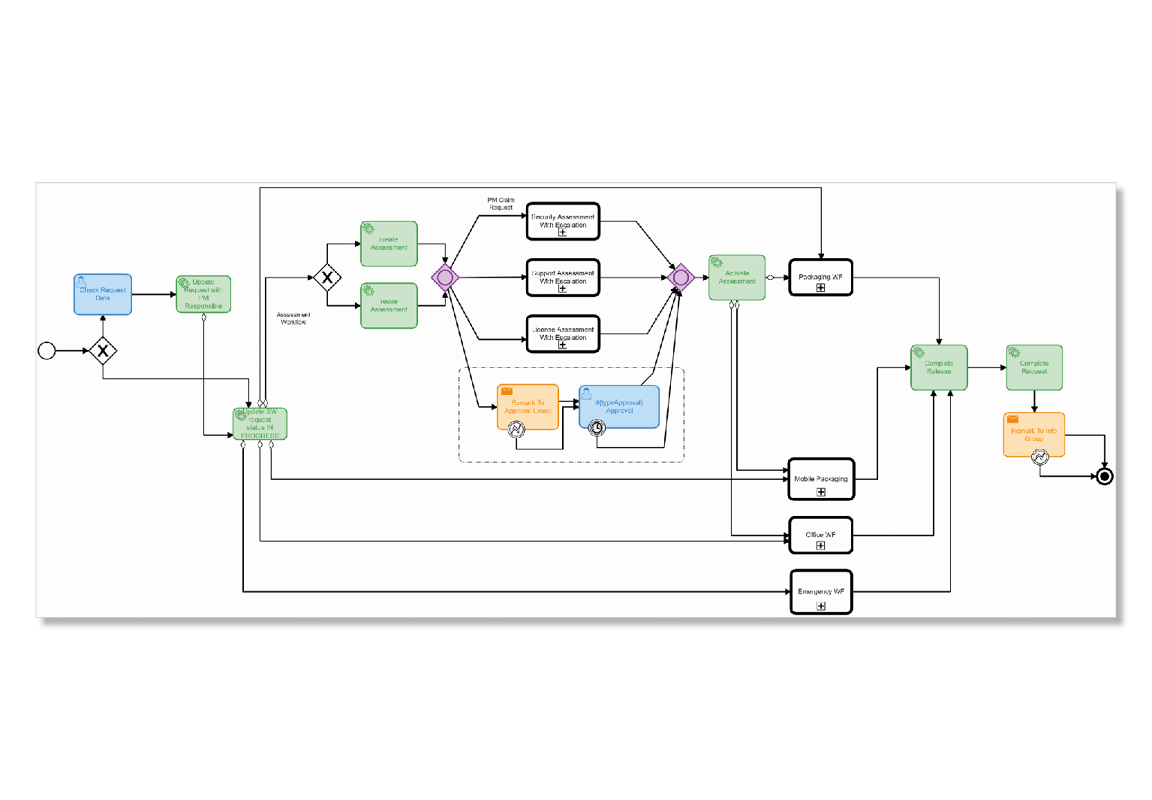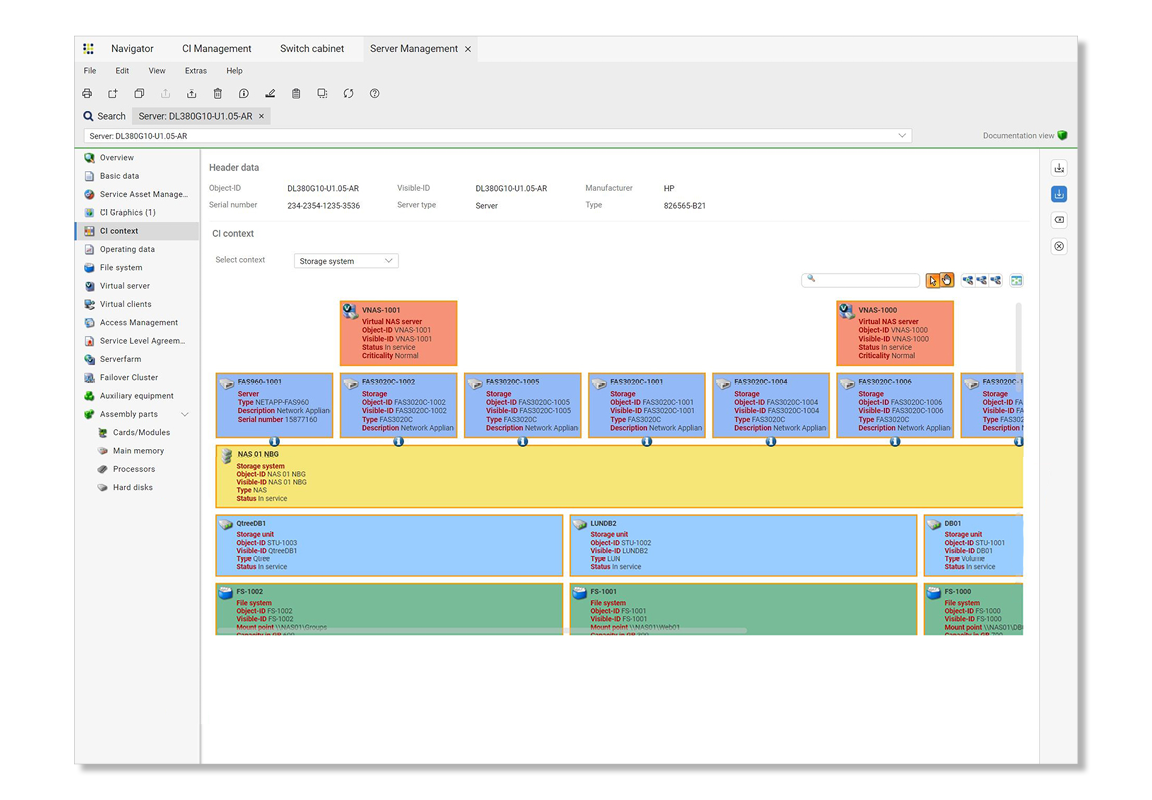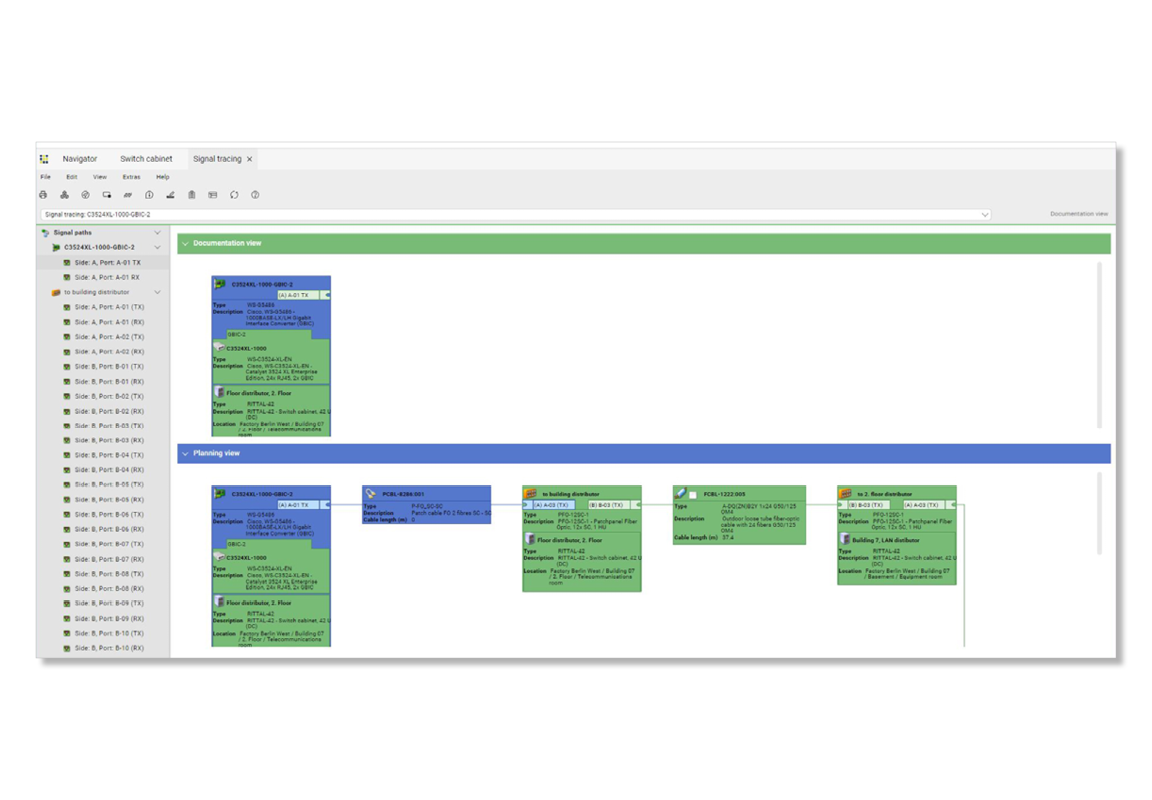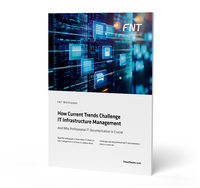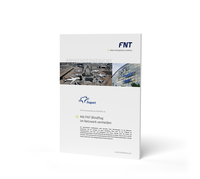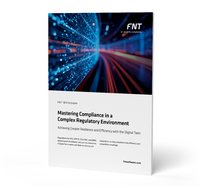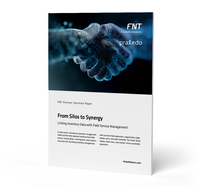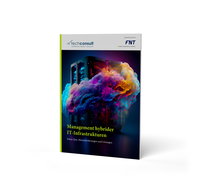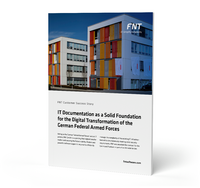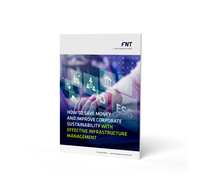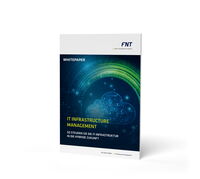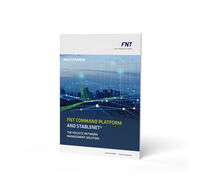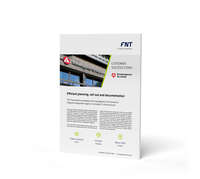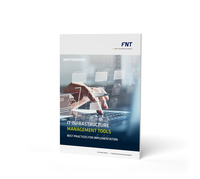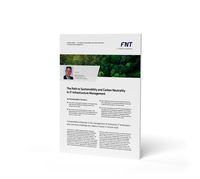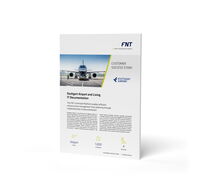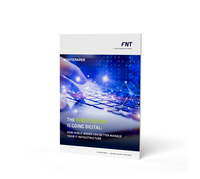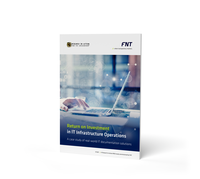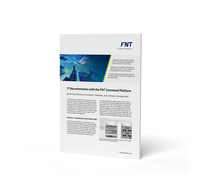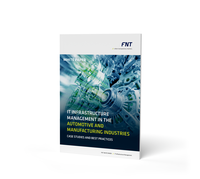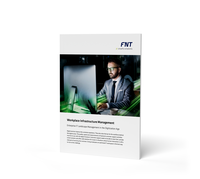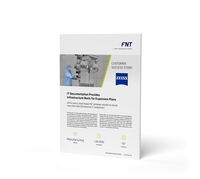What is IT Infrastructure Management?
IT infrastructure management refers to the strategic administration of an organization's foundational technology systems, which encompasses hardware, software, networks, and services essential to business operations. It ensures that all IT components function reliably, securely, and efficiently, while also supporting scalability and alignment with business goals. It serves as the backbone for digital operations, enabling seamless delivery of services, optimal performance, and adaptability to change.
IT infrastructure management software typically offers features such as documentation of all infrastructure components, change planning and process management, business intelligence analysis, and reporting. This enables organizations to manage and plan their highly complex infrastructures more efficiently and allows IT processes to be automated and optimized.
Main components of IT Infrastructure Management
Managing the physical elements of the IT environment throughout their lifecycle: servers (physical and virtual), desktops, laptops, mobile devices, storage systems, peripheral devices (e.g., printers, scanners), and data center equipment.
Ensuring reliable connectivity and communication infrastructure, including IPv4 and IPv6 address management, VLAN and WLAN management.
Recording infrastructure hosted in the cloud and virtual environments.
Managing licenses of system software and application software: operating systems, business applications (ERP, CRM, etc.), middleware, security tools (antivirus, firewalls, etc.).
What are the benefits of IT Infrastructure Management?
Highlights of FNT’s IT Infrastructure Management Software
FNT‘s IT Infrastructure Management is a tool that provides a single point of truth about the entire IT infrastructure – from physical assets to virtual components and applications through to business services. A wide range of interfaces gather data from all relevant IT systems and display it in one place, making it possible to document, analyze, plan, control and automate the infrastructure with a single tool.
It features an integrated data model, central data storage, and an extensive component library with over 75,000 devices from all manufacturers to enable quick recording of the entire IT infrastructure. The result: comprehensive and accurate IT documentation.
Modern management functionalities make it easier to manage the infrastructure – no matter how complex or hybrid it is. These functions range from analysis and visualization to planning and process management, including workflows and work order management. This results in efficient IT processes, reduced costs, and the creation of a solid and reliable basis for IT automation.
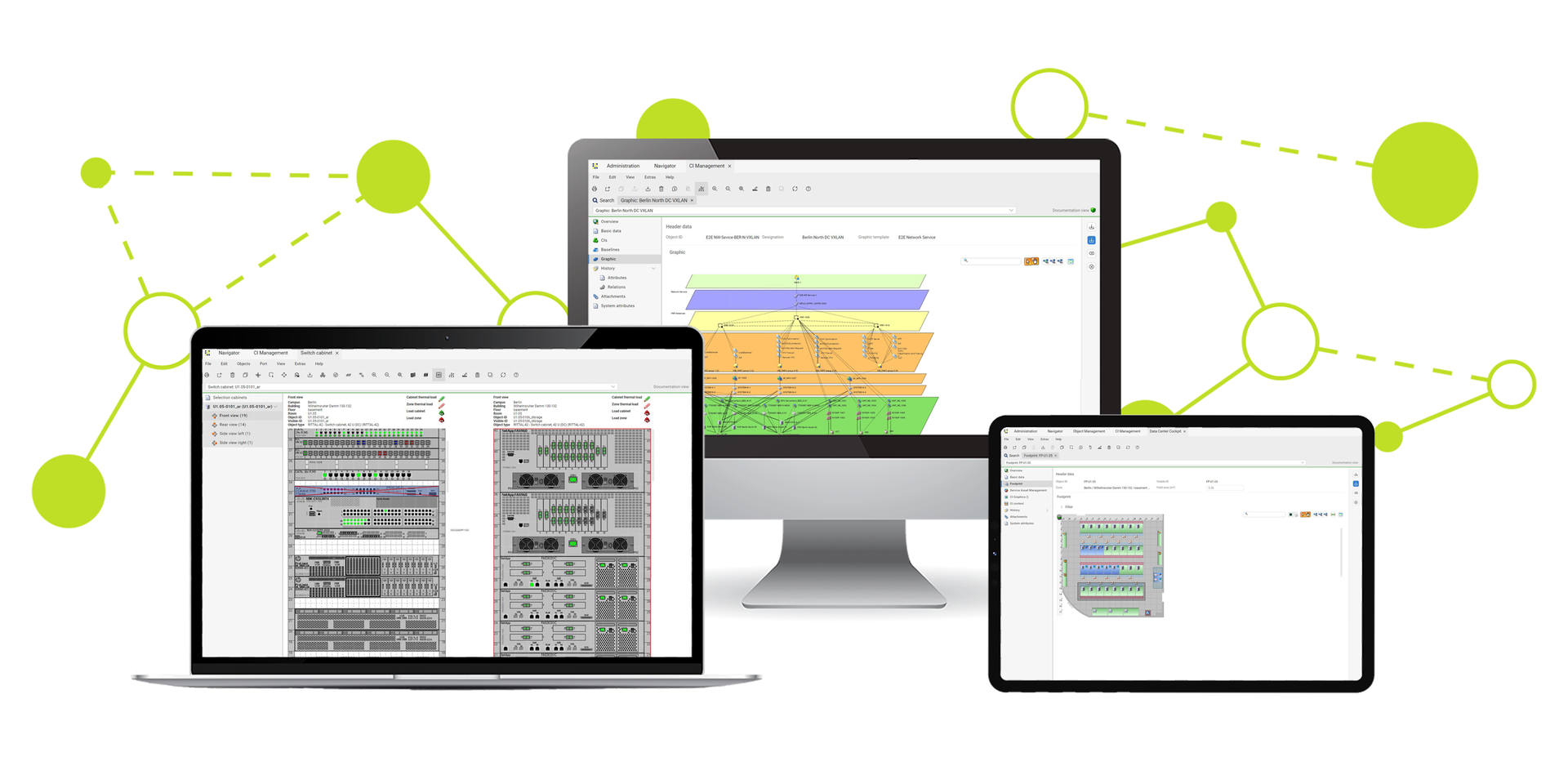
Manage and plan highly complex infrastructures more efficiently
With FNT´s solution for IT infrastructure management, you gain a "Single Point of Truth" for your entire IT infrastructure - covering everything from physical assets to virtual components, applications, and business services. This enables the automation and optimization of IT processes.
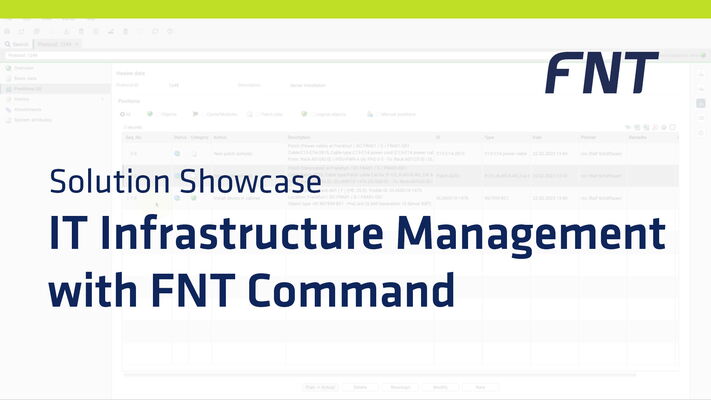
Would you like to experience the FNT solution for IT Infrastructure Management live?
.
FAQ: IT Infrastructure Management
IT infrastructure management software is essential for any organization that relies on technology to run its operations. Whether it's a multinational enterprise, a governmental organization, or a mid-sized business, the complexity, hybridity and scale of IT environments today require robust tools to manage infrastructure efficiently, securely, and cost-effectively. Highly regulated industries such as the public sector, finance, utilities, airports and healthcare benefit from the right IT infrastructure management solution in particular.
Such a solution provides a better overview of the IT infrastructure, which enables organizations to identify important trends or risks more quickly and make better decisions. Downtimes are also reduced due to accelerated maintenance processes, changes can be carried out more quickly and services can be provided faster. IT processes become more efficient, and companies benefit from lower total operating costs with fewer staff.
The more complex and critical infrastructures are, the greater the impact of these advantages of an IT infrastructure management solution, i.e. the higher the expected return on investment.
With a software solution for efficient IT infrastructure management, you can save your employees considerable administrative effort on maintaining a range of systems. This is because all relevant information on IT infrastructure elements is stored in one single tool. Partial solutions, which often lack integration, are no longer necessary.
You will also be creating the basis for strategic evolution of your IT infrastructure. Having a complete overview of an IT environment and the underlying infrastructure makes it possible to identify redundancies more quickly, cut back uncontrolled growth of systems, and introduce uniform standards. A well-thought-out IT architecture, based on as few tools and applications as possible, facilitates the creation of high-performance interfaces and the introduction of automated processes and procedures. This further reduces the administrative effort required and saves costs.
Would you like to know more about IT infrastructure management? Then you might be interested in the following:



